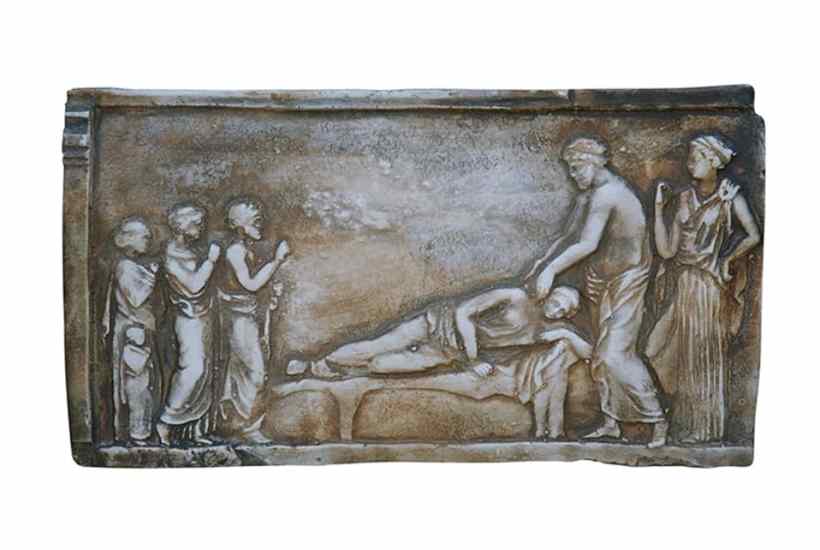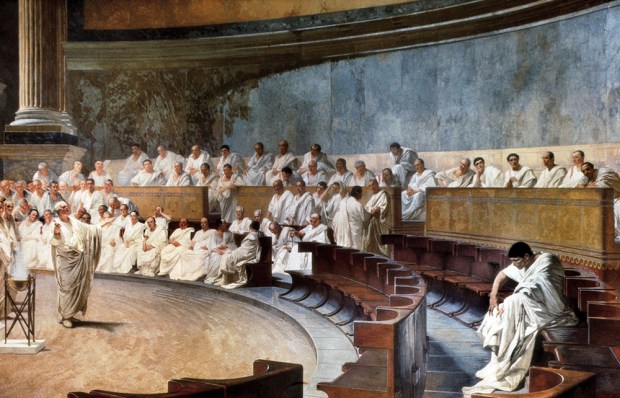Medical problems come and go in the media, and at the moment the flavour of the month appears to be gout (from Latin gutta, a ‘drop’, seeping into a joint).
For the Greek doctor Hippocrates, gout (Greek podagra, ‘foot-trap’) was the ‘fiercest, longest and most tenacious of all joint diseases’. But since the ancients did not know that excess uric acid, a natural product of the body, was its cause, their remedies were futile.
Already a subscriber? Log in
Subscribe for just $2 a week
Try a month of The Spectator Australia absolutely free and without commitment. Not only that but – if you choose to continue – you’ll pay just $2 a week for your first year.
- Unlimited access to spectator.com.au and app
- The weekly edition on the Spectator Australia app
- Spectator podcasts and newsletters
- Full access to spectator.co.uk
Or
Unlock this article
You might disagree with half of it, but you’ll enjoy reading all of it. Try your first month for free, then just $2 a week for the remainder of your first year.













Comments
Don't miss out
Join the conversation with other Spectator Australia readers. Subscribe to leave a comment.
SUBSCRIBEAlready a subscriber? Log in